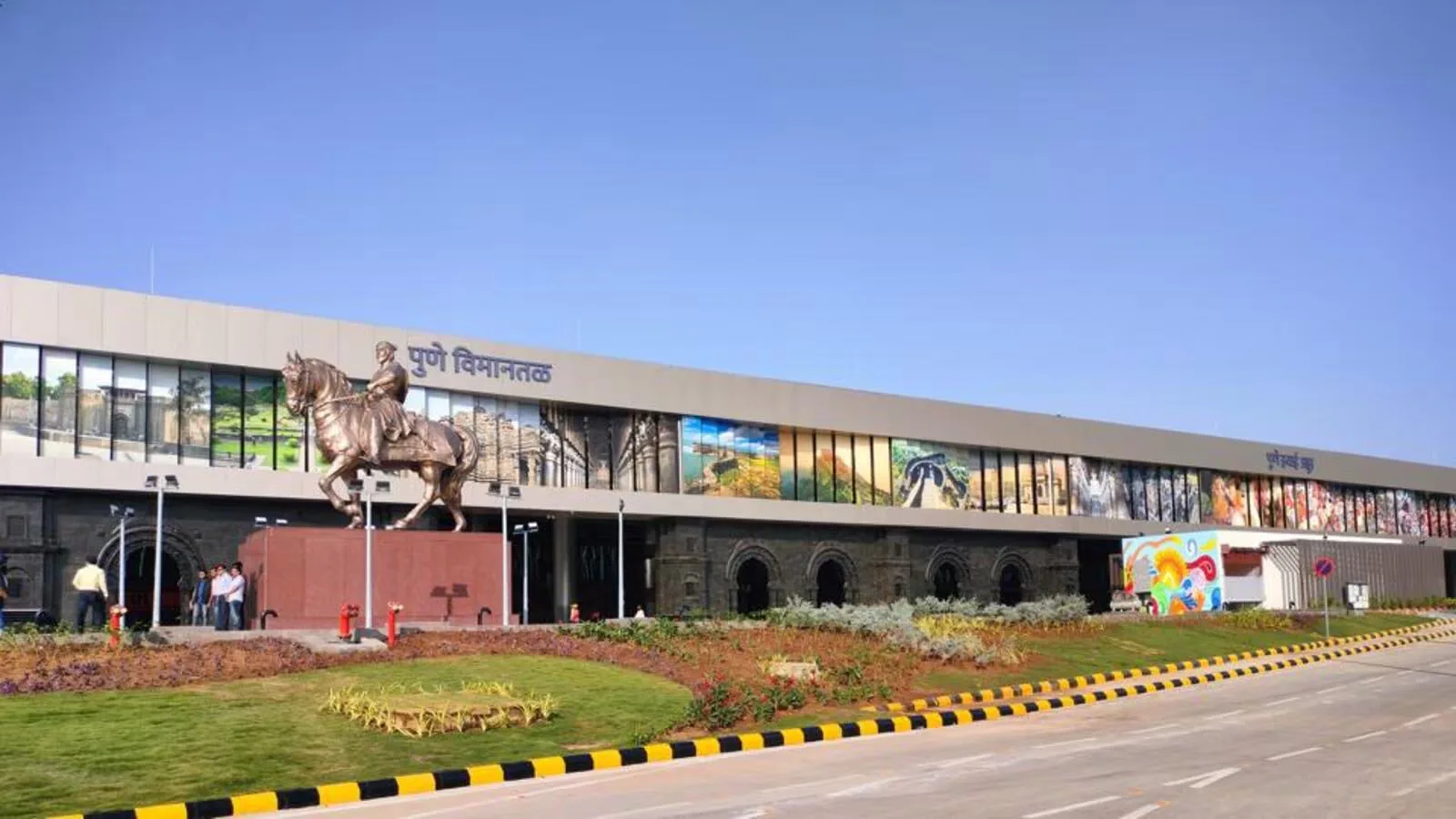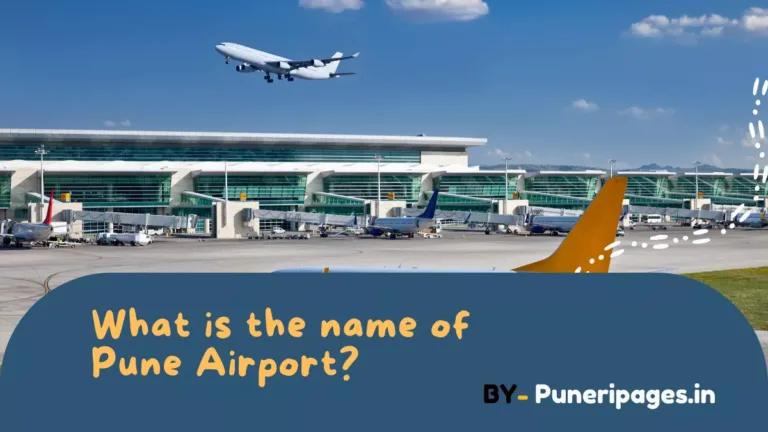
Pune Airport's emergency team in action during a safety preparedness mock drill – captured for puneripages.in
By Prashant for PuneriPages.in
Ever wondered what really happens when an airport prepares for an emergency like smoke in the cockpit? Not just in theory, but in real-time? Last week, something interesting happened at Pune Airport that gave us a rare peek into how seriously our safety is taken.
I came across a report in The Indian Express about a full-blown emergency mock drill conducted at Pune Airport. It wasn’t just a random fire drill or a few sirens blaring for show. This was the real deal — a simulation of an aircraft with smoke in the cockpit during landing. And let me tell you, what unfolded was not just impressive, it was kind of reassuring.
Table of Contents
So, what exactly went down?
Imagine this: A distress call goes out — “Mayday, mayday, smoke in the cockpit!” This triggers a well-oiled emergency machine.
- Firefighting Units (ARFF) were on it in seconds. These aren’t your regular fire brigades; these folks are trained specifically to handle aircraft emergencies. Think giant, lime-green fire engines that can knock out jet fuel fires in minutes.
- Air Traffic Control (ATC) cleared the airspace like clockwork.
- Medical teams were at the scene with ambulances ready to treat anyone who might be affected.
- Security personnel ensured the area was sealed and safe.
Everyone had a role. Everyone moved like they had rehearsed it a hundred times. Because they actually have.
Why these drills matter (and why you should care)
This wasn’t about “passing” a test. It was about finding the gaps.
- How fast did the ARFF teams reach the aircraft? International standards say they should make it under three minutes. That’s the magic number.
- How smooth was communication? If one team doesn’t get the memo, things can fall apart quickly.
- How well did medical triage go? In a real emergency, knowing who needs help first can literally be the difference between life and death.
After everything wraps up, a big debriefing happens. Everyone sits down, puts egos aside, and talks: What worked? What needs fixing?
For us passengers, here’s what this really means
Honestly, I found this whole drill strangely comforting. Knowing there’s a system — not just paperwork, but real people with real practice — ready to jump into action at a moment’s notice?
That’s big.
It means that while we’re worrying about overhead baggage or boarding announcements, there’s a whole emergency orchestra in the background making sure that if things go south, help is already on the way.
And by the way, these drills aren’t optional. They’re mandatory under DGCA (Directorate General of Civil Aviation) rules. Every airport in India has to run them. That’s good policy, but even better peace of mind.
The next time you’re at Pune Airport…
Look around. Spot those quiet fire trucks near the runway. Remember the teams that are constantly training behind the scenes. You may never see them in action — and hopefully you never will — but trust me, they’re there, ready.
As someone who flies fairly often, I’ll admit: reading about this made me feel a little safer. And that’s a feeling worth sharing.






